Camping Gear
How to Choose a Tent for Camping
For many of us, learning to live outdoors is not just a fun hobby and activity, but a way of life.

Being in and around nature is something that has been missing from our modern lives for decades. A recent survey showed that there is a growing trend among the millennial generation to spend time outdoors, experiencing nature and exploring the wild.
Camping is a great way to be a part of nature and enjoy the birds and the bees. With so many beautiful parks, rivers and forests to visit, who wouldn’t want to go?
One important thing to plan correctly for a camping trip however is the selection of shelter. You should give special consideration to shelter if you are planning to spend a couple of nights outdoors.
Here we will examine how to choose the best tents for camping.
Tent Capacity
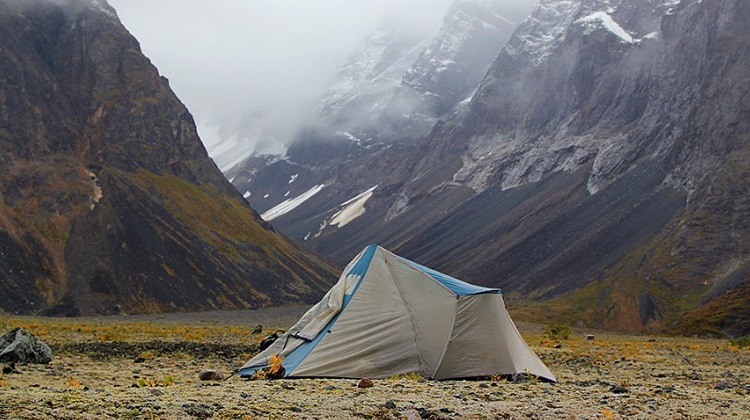
The first thing to consider is the sleeping capacity you need. If you usually go out camping with a small group of friends, you can easily work with a 2-person tent dividing the group into teams of two. A 2-person tent can be carried by one person while the other can carry food and other necessary equipment for the trip.
On the other hand, if you got out camping in larger groups, or with family, you would need a bigger family-size tent. Tents with 4-person capacity are usually too heavy to carry though and would require you to drive to the campsite.
It is a good idea to have a tent with room for 1 extra person. A standard-issue, 2-person tent could seem small to two people if you are claustrophobic. It would also appear small to a person with a large frame. You would also need plenty of space for tossing and turning during sleep so it is advisable to get a tent with more room than you think you need.
Camping Season

Camping tents come in two varieties. 3-season tents are good throughout the year except winter. These tents are designed to let in a good deal of air and have mesh panels that keep insects out. They can withstand most weather conditions such as rain and offer a good source of shelter.
There are some great places to go camping all year round where a 4-season tent can be useful. These tents are designed for sturdiness. They can protect against snow and fierce winds and good to go throughout the year. They are mainly built for harsher climate conditions.
4-season tents are also heavier and use more material and poles. They are designed as a rounded dome to withstand strong wind and enclosed to keep air out. This can make them feel stuffy in summer.
Features of a Good Camping Tent

- A good tent has a good pole structure. Fiberglass is quite commonly used in tent-poles but it can easily break. A tent with Aluminum poles is considered stronger and can withstand tough weather conditions.
- A tent-frame with more poles offers a better structure while fewer poles allow for a faster setting up and packing. Most family tents have a freestanding structure and are easy to pitch.
- A typical tent is 84 inches long. If you are tall, you might want a tent with additional space.
- Tents come with single or multi-flap doors. If you are buying a big family tent, then you should get one with multiple doors to avoid stepping over one other.
- The peak height of a tent determines how tall it is. A high ceiling will let you stand and give an airy feeling inside the tent.
- The shape of the tent could be either dome-style or cabin-style. While dome style is considered stronger and offers greater wind resistance, the cabin style allows you better height and living space.
- A rainfly is the waterproof covering that can be fit over the tent-roof to protect against rain. A full coverage gives greater protection from wind and rain while roof-only rainfly lets in better light but gives smaller protection.
- A tent made of higher-denier fabric canopies and rainfly can withstand rain better than one made from lower-denier fabric.
- A tent-floor is normally made of waterproof material and covered with seam tapes at the edges. There should be no seam in the floor as a seam could let water seep in.
- The walls and rainfly usually have loops to attach guyline cords. This helps the tent walls remain erect and tight when properly pulled out and secured against hooks.
- A well-designed tent comes with loops at the base of the tent, usually at every corner and center of each side. These can be tied to stakes to keep the tent secure in place.
Just because you are going camping does not mean you have to live in cold, hard and unpleasant conditions. Camping should be about having fun in a comfortable way and a careful selection of the right kind of tent, that fits your needs, will give you a memorable experience.
-
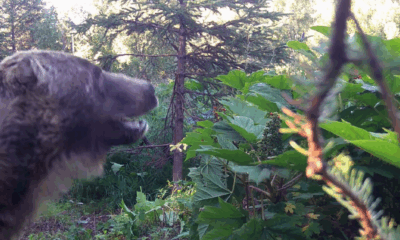
 Hiking & Climbing1 week ago
Hiking & Climbing1 week agoWhen Bears Bring the Drama: A Tail—or Should I Say “Tale”?
-

 Adventure1 month ago
Adventure1 month agoREACTION: Trump’s Make America Beautiful Again Agenda
-

 Gear2 months ago
Gear2 months agoLet Freedom RING! Primary Arms’ Independence Day Category Sale Starts NOW
-

 Adventure2 months ago
Adventure2 months agoU.S. Bighorn Sheep Going Home to Canada
-
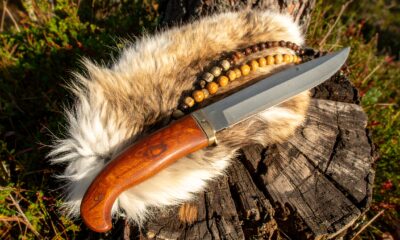
 Camping & Survival2 days ago
Camping & Survival2 days agoField Dressing 101: Knowing When It’s Their Turn
-
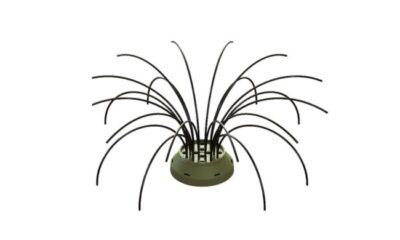
 Fishing4 weeks ago
Fishing4 weeks agoMy Wacky Bush Brings All the Bass to the Yard
-
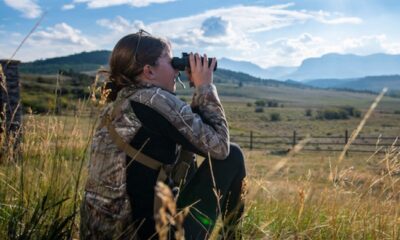
 Adventure3 weeks ago
Adventure3 weeks agoNo Ivy Required: University of Montana’s New Center for Hunting and Conservation
